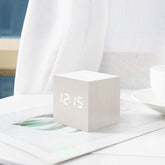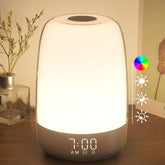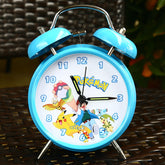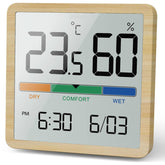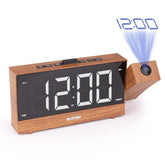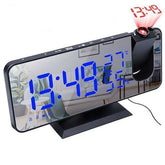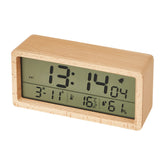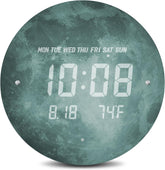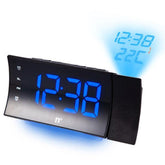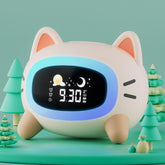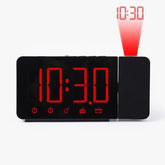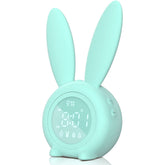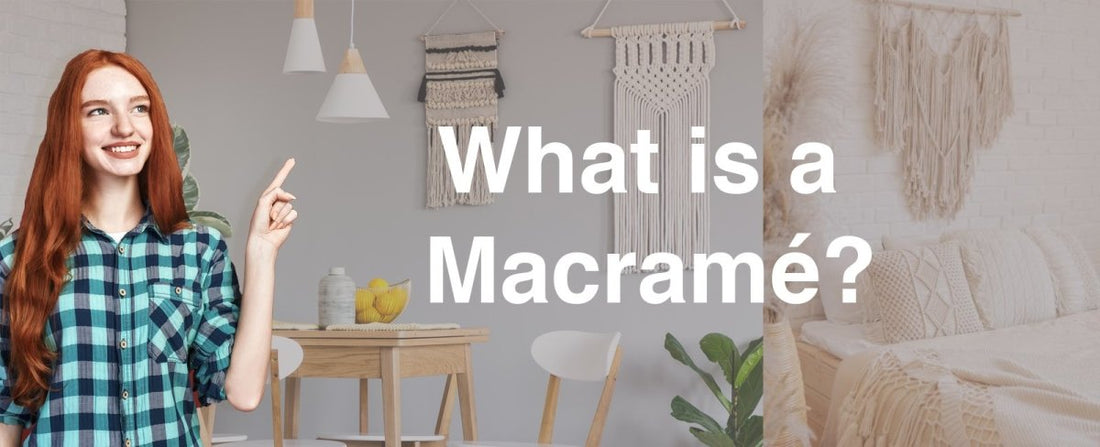What is a Macramé?
Macramé is one of the many arts that are coming back into fashion thanks to those who love working with their hands. Emblematic of the bohemian style of the 70's, macramé is now coming back with a vengeance to the forefront of the interior design scene.
What is Macramé?
Macramé is an artistic technique for creating fabrics based on the formation of knots. There is a wide variety of knots more or less complex depending on the objective: flat knot for bracelets or necklaces, or volume knot for handbags or curtains.
The art of macramé requires no tools and only the use of our hands. Macramé can be used to make handbags, flowerpot hangers, wall decorations, beach bags, jewelry (including the friendship bracelets we exchanged with friends in school), lampshades and even clothing.
Using simple materials such as cotton, jute, hemp or wool thread or rope, macramé can be as simple or complex as the artist wishes. Embellishments such as glass or wood beads can also be added, as well as dyed yarn for a wider range of creative possibilities.
You'll find a wide variety of macramé wall hangers in our store, whether it's to decorate your walls or to hang your flower pots. Before we tell you more about our two specialties, check out the fascinating history of macramé!
The Fascinating History of Macramé
Some believe that the term macramé comes from the Arabic word migramah, which means "ornamental fringe". Others believe it originates from the Turkish word makrama, which means a "towel" or "handkerchief.
🗿 ⛏️ Either way, decorative macramé first appears in the carvings of the Babylonians and Assyrians, whose costumes at the time were adorned with fringe-like braiding.
👳 In the 13th century, Arab weavers used decorative knots to finish excess thread on shawls, veils and towels. It then spread to Europe via North Africa, when the Moors brought macramé to Spain.
👑 While most people think macramé became a fad in the 1970s, this modern art of decorating knots reached a peak of popularity in Victorian England. First introduced to England in the late 17th century, Queen Mary II herself gave macramé lessons to her ladies-in-waiting. Most Victorian homes had macramé decorations. Macramé was not only used to decorate clothing, but also used as curtains, tablecloths and bedspreads.
⚓ Given their knot-tying skills, it's not surprising that sailors were largely responsible for the spread of macramé around the world. It was a great way to pass the time, and the products could then be traded or sold when they docked, spreading the art to areas like China and the New World. Hammocks and belts were some of the most popular items made by British and American sailors in the 19th century. Texts like the 1877 book, The Imperial Macramé Lace Book, which details the various knots and patterns, show how popular the technique was at the time.
🏹 After falling out of favor, macramé experienced a resurgence in popularity in the 1970s. It came to symbolize bohemian style and was used to make wall hangings, plant hangings, accessories and clothing. The popularity of the art eventually declined, but trends are often cyclical.
Check out our article on how to get your bohemian décor right with wall macramé!
Today, macramé is making a comeback thanks to Generation Y and is becoming a very trendy art form. Today's designers offer modern and contemporary designs revitalizing historical knotting techniques, for our greatest pleasure!

The macramé mural to embellish your walls
The macramé technique allows you to create a particular type of interior decoration: the wall macramé.
Wall macramé is an incredible decorative object that changes the look of your room by bringing a warm and original touch. A symbol of bohemian decorating par excellence, wall macramé embodies the idea of freedom, travel, independence and open-mindedness 🌈.
The making of a wall macramé starts on a wooden dowel to allow the formation of dozens of easy-to-handle cords. You can opt for a simple or more sophisticated macramé. There are dyed wall macramé in different colors to suit all tastes and provide an extra original touch.

Macramé wall hanging as a flower pot holder
A great way to showcase your flowers and houseplants (especially your hanging plants) is to hang them via a flower pot holder macramé 🌼.
Flower pot holder macramé can beautify your rooms with a bohemian chic style and bring nature into your home! If you want to bring a vintage style to your décor, choose dark gray or off-white macramé. You can hang your pretty plants in your living room, kitchen, or if you have them, on a patio or in a backyard. Don't forget to use pots without holes to prevent water from dripping onto your floor.



